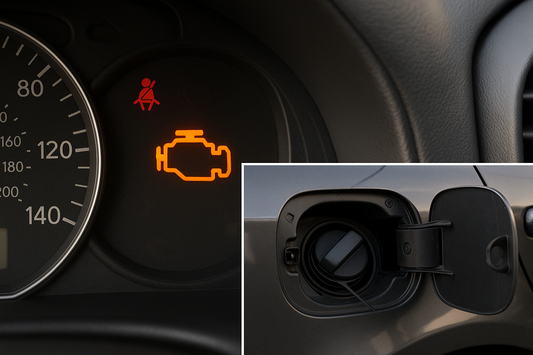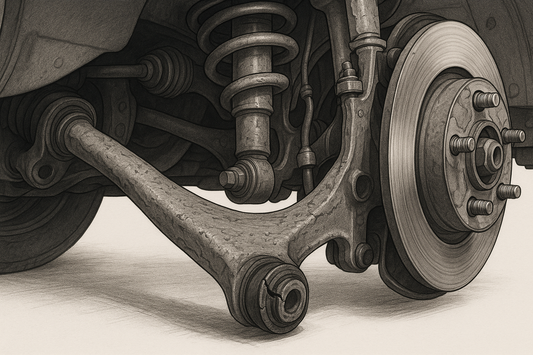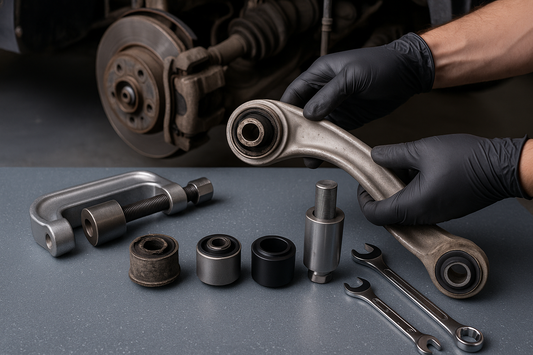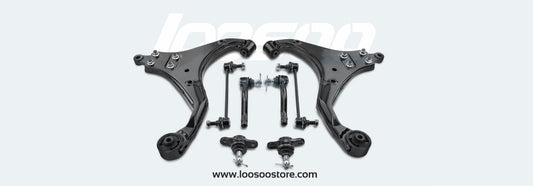Knowing when to replace your brake pads is crucial for maintaining optimal braking performance and ensuring your safety on the road. In this comprehensive guide, we will discuss various signs that indicate your brake pads may be worn out or in need of replacement.
Observe Brake Pad Thickness
Checking the thickness of your brake pads is a common method to assess their wear. New brake pads typically have a thickness of 8-12 millimeters. If the thickness is less than 3 millimeters, it is likely time to replace them.
Listen for Brake Noises
Severe brake pad wear can result in squealing, grinding, or metal-on-metal noises when applying the brakes. These noises are clear indicators of worn-out brake pads that require immediate replacement.
Inspect Brake Pad Appearance
Examining the appearance of your brake pads can also help determine their wear. If you notice significant grooves, cracks, or uneven wear on the surface of the brake pads, it is likely time for a replacement.

Monitor Brake Performance
Changes in brake performance can be a crucial indicator of brake pad wear. If you experience increased braking distances, a spongy brake pedal, or vehicle vibrations during braking, it may be a sign of severe brake pad wear.
Pay Attention to Brake Dust
Worn brake pads generate brake dust, which consists of metal particles produced by the friction. If you notice a significant amount of black or brown dust on your wheels, it may be an indication that your brake pads need replacement.
Seek Professional Inspection
If you are unsure about the condition of your brake pads or if you notice any of the aforementioned signs, it is advisable to seek a professional inspection. A qualified mechanic can assess the wear and provide expert advice on whether replacement is necessary.
Checking the severity of brake pad wear is an important step in ensuring driving safety. By observing the thickness of the brake pads, listening for brake noises, inspecting the appearance of the brake pads, paying attention to brake performance, and observing brake dust, you can determine if the brake pads need to be replaced. Regularly inspecting the level of wear on the brake pads and replacing them promptly when necessary is crucial for maintaining the proper functioning of the brake system and ensuring driving safety.










